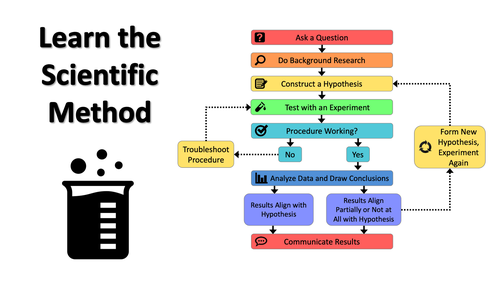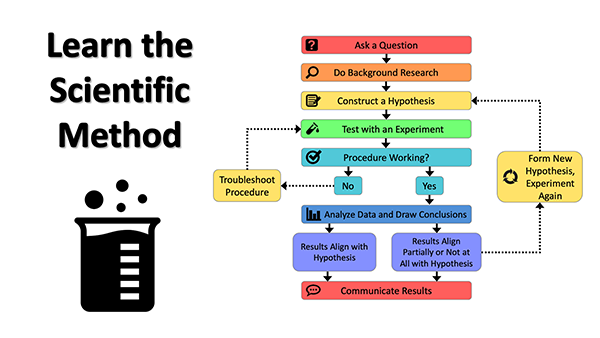Scientific Method: How Do Scientists Make Discoveries?
Summary
Grade Range
3rd-8th
Group Size
2 students
Area of Science
Zoology
Key Concepts
Scientific Method, Natural Selection, Camouflage
Credits
Svenja Lohner, PhD, Science Buddies
Video narration by Jennifer E Paz
Pricing
Free for a limited time thanks to individual donors
Overview
This lesson will introduce students to the scientific method using a fun, hands-on activity about the role of animal camouflage in evolution. During the activity, students will practice each step of the scientific method including doing background research, making a hypothesis, conducting an experiment, analyzing data, and drawing conclusions. By going through this process, students will also learn how camouflage helps animals survive.
Learning Objectives
- Explain how camouflage helps animals survive.
- Understand how genetic variations of traits in a population increase some individuals' probability of surviving and reproducing in a specific environment.
- Apply the scientific method to answer a scientific question.
Materials
Per student or group:
- Green paper shred (a large handful). Paper shred can be bought on Amazon or made (see Prep Work). Note: The color of the paper shred should match the color of the green matchsticks or toothpicks.
- Green matchsticks or toothpicks (20). Colored matchsticks are available on Amazon. Colored toothpicks are available in local grocery stores or on Amazon.
- Red matchsticks or toothpicks (20). Colored matchsticks are available on Amazon. Colored toothpicks are available in local grocery stores or on Amazon.
- A cup to collect the matchsticks or toothpicks
- Bag or container to store student materials
- Student worksheet
- Student background reading
Prep Work
- You can either buy paper shred or make your own from green construction paper. Make sure the color of the paper matches the color of the green matchsticks or toothpicks. To make your own paper shred, cut the paper into approximately 5"x5" squares. Put the squares through a shredder. Collect the shredded paper in a plastic bag. Once you have shredded all your paper, give the paper a three-dimensional structure by crunching it while it is in the bag.
- Print out and distribute a worksheet and background reading packet to each student.
- Place all the materials for each student group in a separate container or bag. When it is time, provide the students with the materials they need for their experiment.
Please log in or create a free account to view the full lesson or to leave a review
Log In / Join


